Overview
About Diamond
Birthstones & Anniversaries
On almost all modern birthstone lists, diamond is recognized today as the birthstone for April. Diamond is also the gem that marks the 60th and 75th wedding anniversaries.
58x Harder
Diamonds are the hardest material on earth: 58 times harder than anything else in nature.
“Lucy” in the Sky
Fifty light years from earth, this star is a 10 billion-trillion-trillion carat diamond.
1 in 1,000,000
The average yield in most diamond mines is 1 part diamond to 1 million parts host rock.
Facts
-
Mineral:
Diamond
-
Chemistry:
C
-
Color:
Colorless
-
Refractive Index:
2.42
-
Birefringence:
None
-
Specific Gravity:
3.52 (+/-0.01)
- Mohs Hardness: 10
Treatments
There are a number of processes used to alter the color, apparent clarity, or improve the durability of gems.
Learn MoreSynthetics
Some gemstones have synthetic counterparts that have essentially the same chemical, physical, and optical properties, but are grown by man in a laboratory.
Learn MoreImitations
Any gem can be imitated—sometimes by manmade materials or by natural materials chosen by man to impersonate a particular gem.
Learn More
Why We Love This Gemstone
Global Language
The 4Cs, created by GIA, are considered the global language of diamond quality.
Carbon
Diamond is the only gem composed of one single element: carbon.
A billion years
Most diamonds formed more than a billion years ago, deep in the earth’s mantle.
Quality Factors
The human contribution to a diamond’s beauty is a well-executed cut.
Clarity
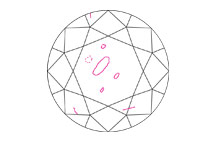
Clarity grades assess the number, size, relief, and position of inclusions and blemishes.
Color
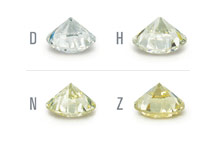
The less color, the higher the grade. Even the slightest hint can make a dramatic difference in value.
Cut
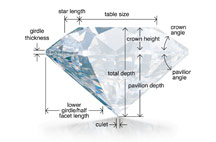
Cut (proportions, symmetry, and polish) is a measure of how a diamond’s facets interact with light.
Carat Weight
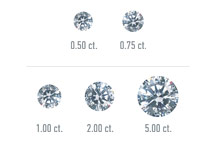
Rarity means larger diamonds of the same quality are worth more per carat.
Diamond Quality Factors: The Comprehensive Guide
Research
Explore research on diamond history and diamond grading.
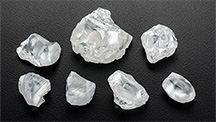
The Very Deep Origin of the World’s Biggest Diamonds
Evan M. Smith, Steven B. Shirey, and Wuyi Wang , Jan 26, 2018 Read Article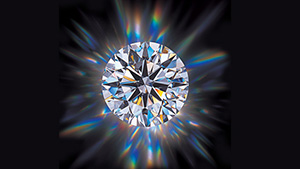
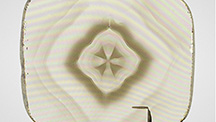
Diamonds from the Deep: How Do Diamonds Form in the Deep Earth?
Karen V. Smit and Steven B. Shirey , Feb 1, 2019 Read Article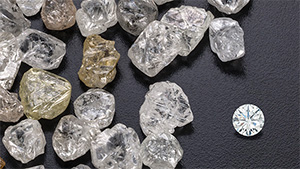
Recommended Reading

Diamond Inclusions
Nizam Peters

The Nature of Diamonds
George E. Harlow



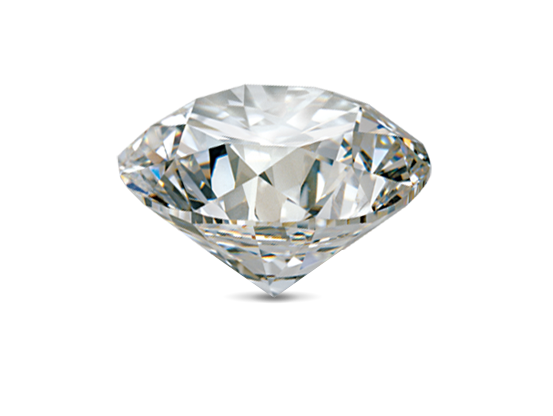




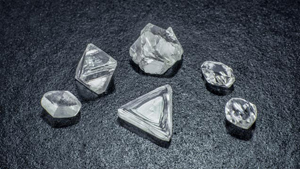






.jpg)


